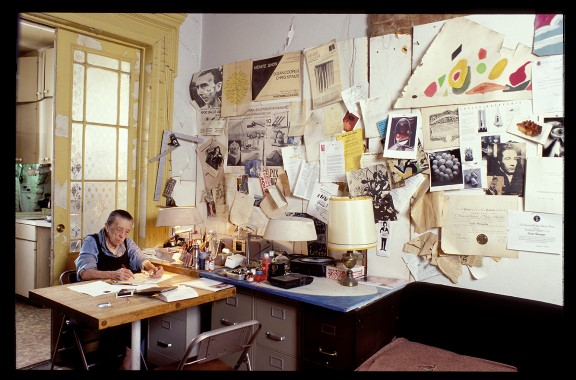From Paris to New York
Howling housewives, house arrest, and skyscrapers
Feminist artist
Participating artists:
ACT UP, Anu Põder, Diane Arbus, Hans Arp, Francis Bacon, Alvin Baltrop, Phyllida Barlow, Lynda Benglis, Joseph Beuys, Pierre Bonnard, André Breton, Seni Awa Camara, Rebecca Campeau, Helen Chadwick, Constantin Brâncuși, Marcel Duchamp, Mary Beth Edelson, Louis Michel Eilshemius, Alberto Giacometti, Robert Gober, Nan Goldin, Arshile Gorky, Eva Hesse, Roni Horn, Ewa Jaroszyńska, Yayoi Kusama, Wifredo Lam, Marie Laurencin, Leonilson, Anna Maria Maiolino, Man Ray, Sonja Ferlov Mancoba, Robert Mapplethorpe, Ana Mendieta, Marisa Merz, Edvard Munch, Dora Maar, Senga Nengudi, Louise Nevelson, Pablo Picasso, Carol Rama, Auguste Rodin, Nancy Spero, Alina Szapocznikow, Dorothea Tanning, Rosemarie Trockel og David Wojnarowicz.

Louise Bourgeois in her own home on 20th Street in New York City, in 2000. © The Easton Foundation/BONO, Oslo 2023
Photo: Jean-François Jaussaud
The salon
Spiders and witches
Explore the exhibition in 3D
